
Vitamins are an essential part of a healthy diet. But did you know there are many benefits to applying them to your skin? In this first part of our Ingredient Breakdown: Vitamins ABCs series, we cover everything vitamins: their discovery, why they are so important to us, and an overview of the many benefits gained from these nutrients.
What Are Vitamins?
Vitamins are one of seven essential nutrients in a human diet. In order for the body to function and grow, vitamins need to be supplemented by diet because they cannot be made in the body. Vitamins are a group of molecules- each main molecule has derivatives that are called vitamers.
Within the human body, vitamins are separated by how they dissolve. Water-soluble vitamins, such as B & C Vitamins, dissolve easily in water, compared to fat-soluble vitamins, such as A, D, E & K Vitamins.
As these vitamins are absolutely necessary, and large amounts cannot be stored in the body we must include them in our daily diets. It can be helpful to use an app to track the vitamins you are receiving from food and find out where your diet may be lacking.
Discovering Vitamins
At the beginning of the 19th century, scientists turned their interest towards creating synthetic and sustainable food in laboratories. They started to explore the definition of an “adequate diet” and what it meant. In 1881, a medical doctor named Nikolai I. Lunin was testing out the effects of scurvy on mice. When the mice were fed an artificial diet of proteins, carbohydrates, salts, and fats, they did not survive. This led to the thought that there was something more that was essential to animals and humans.
Over the course of the next couple of decades, the word vitamin was being discussed in the scientific community. The term “vitamine” (a word combination of vital and amine) was coined by Casimir Funk in 1911. He believed it was an amino acid compound that was keeping his pigeons healthy. Scientists dropped the “e” when they discovered that vitamins were not amino acids. Eventually, all vitamins we are familiar with today were discovered and identified by 1948.
Based on when they discovered the vitamins, each compound is given an alphabetical letter. You may notice that there are no vitamins lettered F to J. This is because over time those molecules had become reclassified as something else.
Let’s move on to a quick overview of each essential vitamin and its usage in cosmetics.
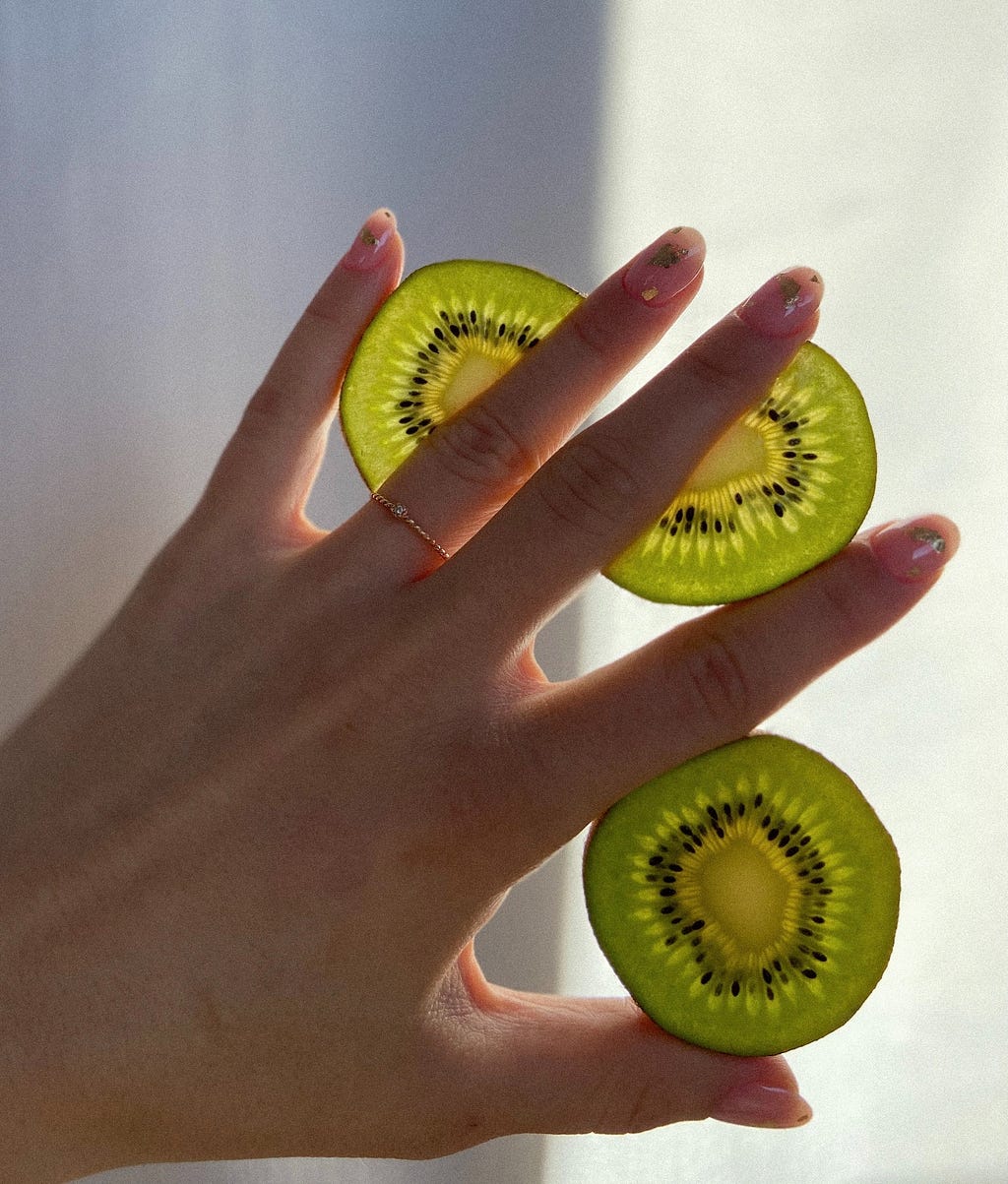
Vitamin A
Vitamin A is Retinol, a compound used for scarring, compromised skin, acne, and skin aging. It is often recommended to pair Retinol along with sunscreen, as it is sensitive to oxygen and light. This can cause skin irritation and vulnerability to sunburns. Any products with Retinol should be applied at night, and in small doses. It also pairs well with Vitamins C and E to help reverse skin aging.
- Erin’s Faces- Rose Quench Serum ($60)
- Eyetitude- NoCrowZ Retinol Eye Cream ($79)
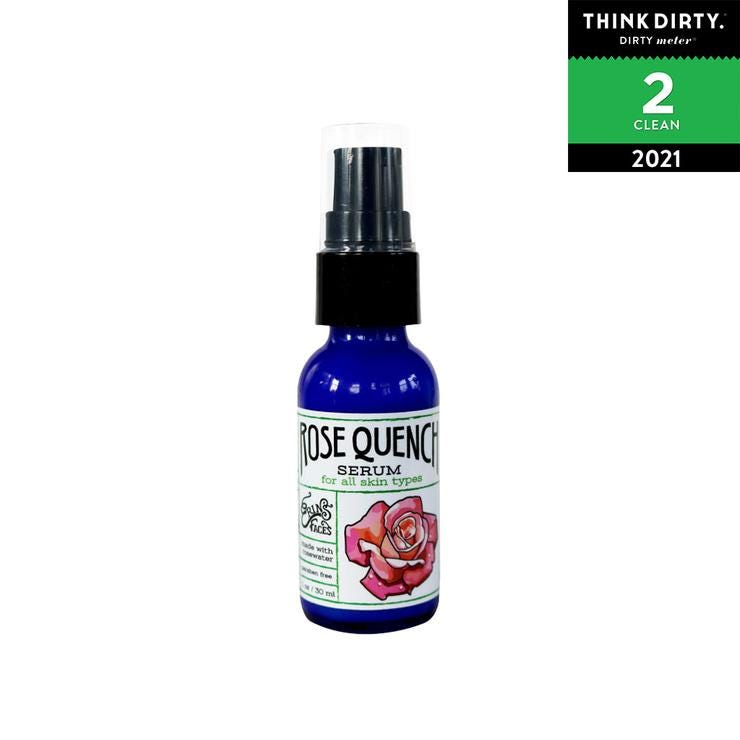
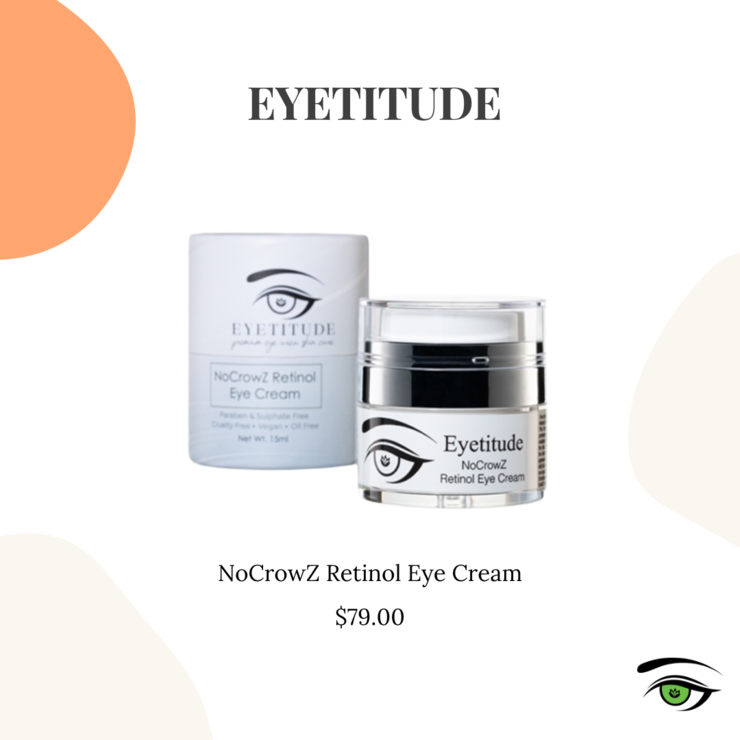
Vitamin B Complex (1,2,3,5,6,7,9,12)
Vitamin B complex is a group of 8 different vitamins: Thiamin, Riboflavin, Niacin, Pantothenic Acid, Pyridoxine, Biotin, Folic Acid, Cobalamin. These are grouped together because each compound is key to important metabolic processes in the body. Some noteworthy Vitamin Bs for skincare is B3 and B5. Vitamin B3, also known as Niacin or Niacinamide, supports skin recovery. Vitamin B5 is Pantothenic Acid. In cosmetics, its Calcium Salt form (Calcium Pantothenate) or its Provitamin form (D-Panthenol) are often used. These oxidize on the skin into Pantothenic Acid. It adds benefits such as skin hydration, anti-inflammatory processes, cell formation, and soothes itching.
- Tropic- Eye Work Rejuvenating Serum ($36.10)
- Tropic- Pure Lagoon Blemish Prevention Serum ($54.15)
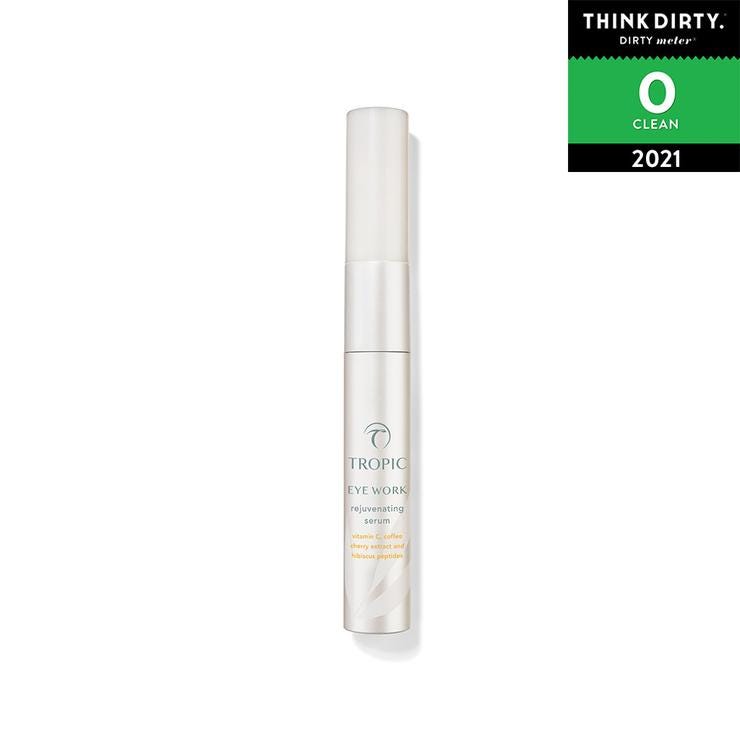
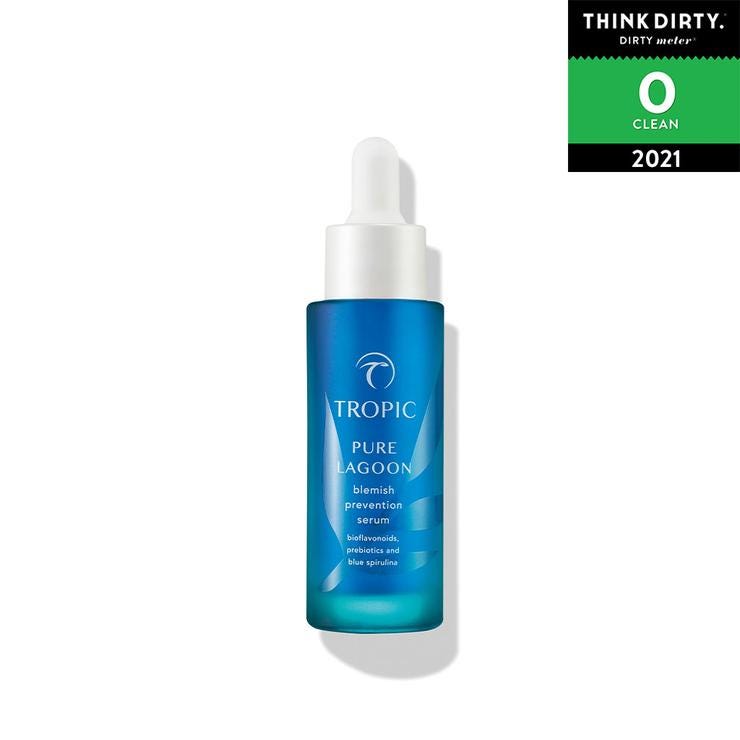
Vitamin C
Vitamin C is also commonly known as Ascorbic Acid. We all hear about how unstable Vitamin C is when exposed to oxygen — that is true. However, derivatives (such as Ascorbyl Phosphate and Ascorbyl Palmitate) of Vitamin C help with its longevity. Those are often added to formulas instead of free Vitamin C. In terms of skincare, Vitamin C is a very powerful ingredient, there is a reason you see it everywhere! It is a great antioxidant and helps stimulate collagen formation while preventing hyperpigmentation. It also helps deactivate free radicals.
- Mad Hippie- Vitamin C Serum ($33.99)
- Tropic- Skin Dream Age-Defying Firming Cream Concentrate ($54.15)

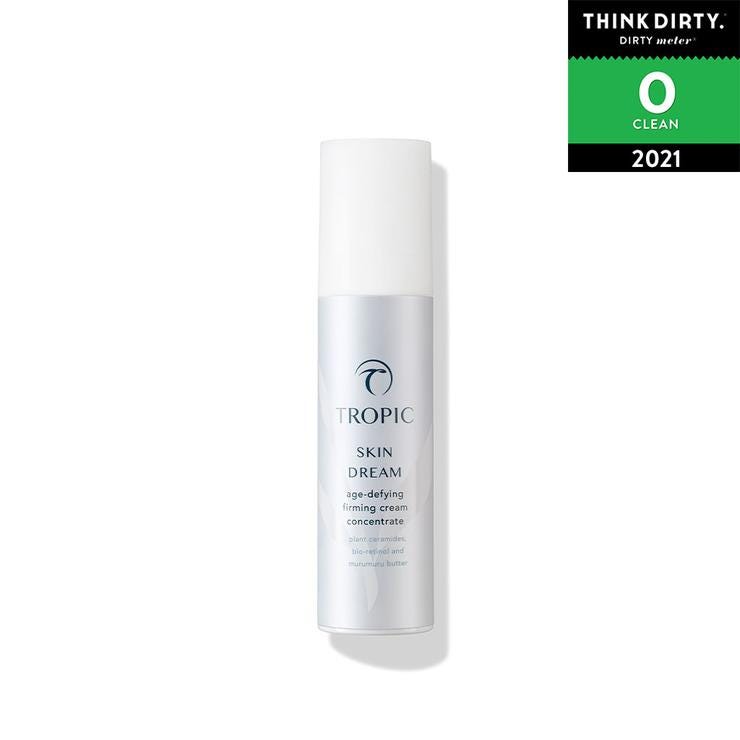
Vitamin D
Also known as Calcitriol, Vitamin D is an interesting case when it comes to skincare. The EU Cosmetic Directive banned Vitamin D2 (Ergocalciferol) and D3 (Cholecalciferol). However, in nature, it exists as Ergosterol (Provitamin D2) or 7-dehydrocholesterol (Provitamin D3). The Provitamin forms can help treat psoriasis, stimulate antimicrobial activity, and help prolong self-protecting skin mechanisms against UVB radiation.
Vitamin E
Vitamin E is a group of Tocopherols. There are multiple derivatives of Vitamin E in cosmetics as a process called ester hydrolysis activates antioxidant properties. Tocopherols can be combined with fats, such as Tocopheryl Linoleate, or can be combined with vitamins, such as Tocopheryl Nicotinate. As mentioned above, they are great in combination with vitamins A and C. Together they help reduce UV radiation stress and inflammatory processes, stimulate cell formation, and increase moisture retention.
- Tropic- Smoothing Cleanser Complexion Purifier + Bamboo Cloth ($23.21)
- Grown Alchemist- Detox Serum Antioxidant+ 3 Complex ($55)
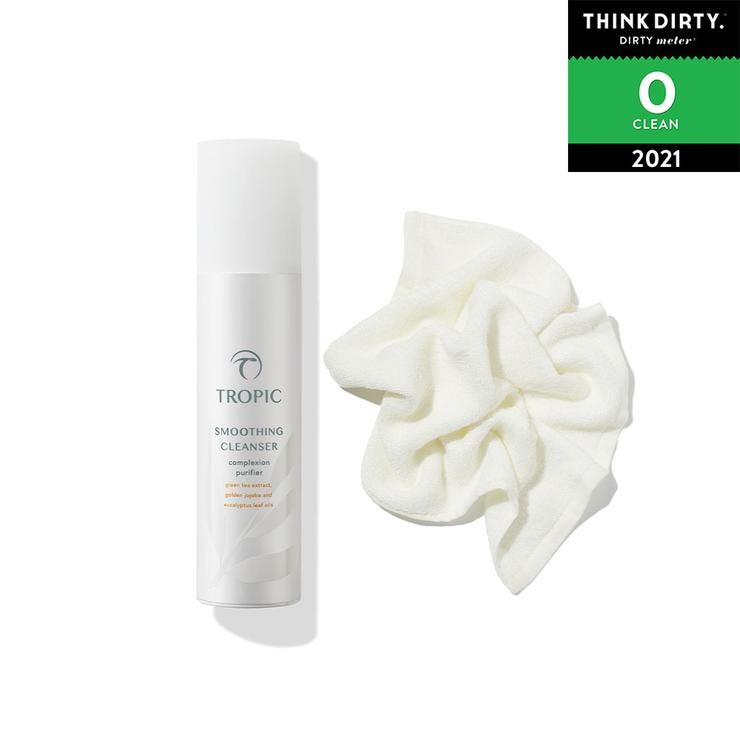
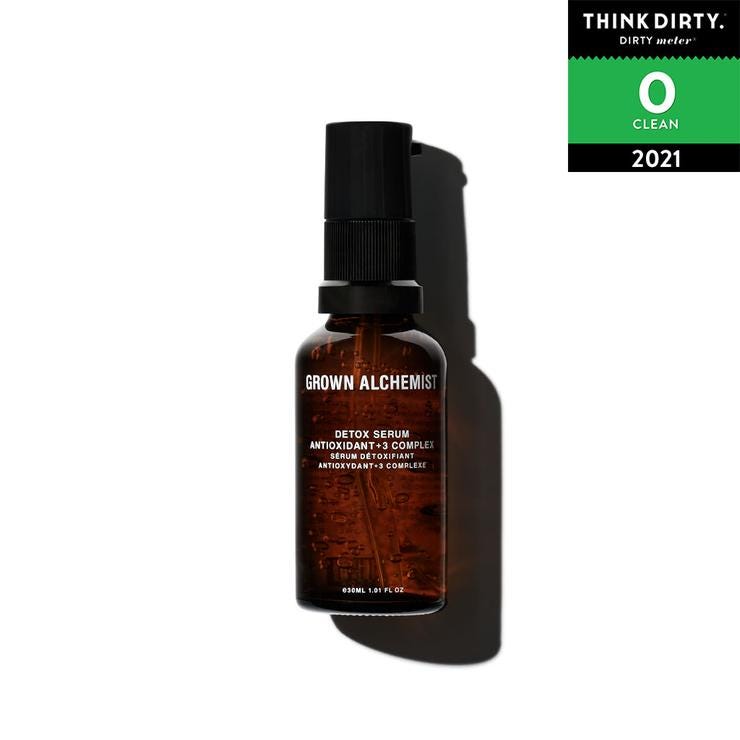
Vitamin K
Last but not least is Vitamin K. This is the only vitamin that is banned from use in cosmetics and skincare. It exists in two natural forms: Phylloquinone (Vitamin K1) and Menaquinone (Vitamin K2). Before its 2009 ban, it was added to formulas to help treat rosacea.
Curious to read more? Stay tuned for the next part of our Ingredient Breakdown: Vitamin ABCs series.
Disclosure: We are a professional review and product rating website and mobile app that receives compensation from the companies whose products we review and rate. We are independently owned and the opinions expressed here are our interpretation of a trusted source.
Ingredient Breakdown: Vitamins ABCs (The Overview) was originally published in Think Dirty on Medium, where people are continuing the conversation by highlighting and responding to this story.